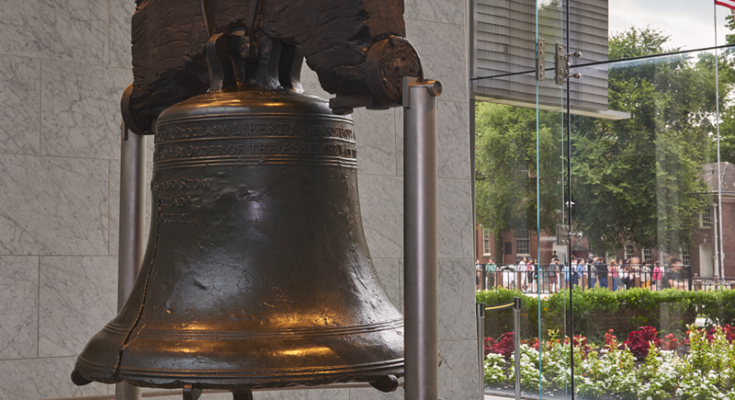Fort McHenry
During the American Revolution a small earthen star fort known as Fort Whetstone was constructed at the end of the peninsula that led to the entrance of the Baltimore harbor. Although the fort was never attacked during the American Revolution, military experts saw the importance of coastal defenses around the young United States’ third largest city and one of its vital ports. In 1798 construction began to expand upon Fort Whetstone with brick and stone masonry to create a new, more permanent, structure. The new fort was dubbed Fort McHenry, named after George Washington’s Secretary of War, and Baltimore native, James McHenry. Website

First State National Historical Park
Famous as the First State to ratify the Constitution, Delaware was born out of a conflict among three world powers for dominance of the Delaware Valley. From this beginning, the region developed a distinct character that tolerated diversity in religion and national origin and valued independence. Website

Fort Delaware State Park
Fort Delaware, the Union fortress dating back to 1859, once housed Confederate prisoners of war. It was originally built to protect the ports of Wilmington and Philadelphia. Visitors take a half-mile ferry ride from Delaware City to Pea Patch Island. A jitney provides transport from the island dock to the granite and brick fortress. Here, costumed reenactors take you back to the summer of 1864. Don’t forget sunscreen & bug-spray. Please wear comfortable shoes (no open-toed shoes) and dress for the weather. Website

Hopewell Furnace
Hopewell Furnace showcases an early American landscape of industrial operations from 1771-1883, Hopewell and other “iron plantations” laid the foundation for the transformation of the United States into an industrial giant for the time. The park’s 848 acres and historic structures illustrate the business, technology and lifestyle of our growing nation. Website

Independence Hall
The park represents the founding ideals of the nation, and preserves national and international symbols of freedom and democracy, including Independence Hall and the Liberty Bell. The Declaration of Independence and U.S. Constitution were both debated and signed inside Independence Hall, a UNESCO World Heritage Site. Website

Gettysburg
The Battle of Gettysburg was a turning point in the Civil War, the Union victory that ended General Robert E. Lee’s second and most ambitious invasion of the North. Often referred to as the “High Water Mark of the Rebellion”, Gettysburg was the Civil War’s bloodiest battle and was also the inspiration for President Abraham Lincoln’s immortal “Gettysburg Address”. Website


